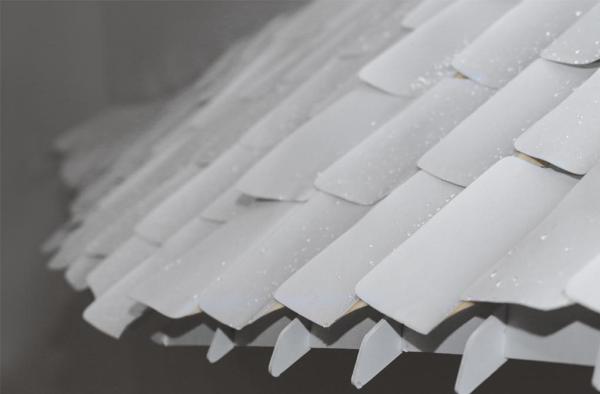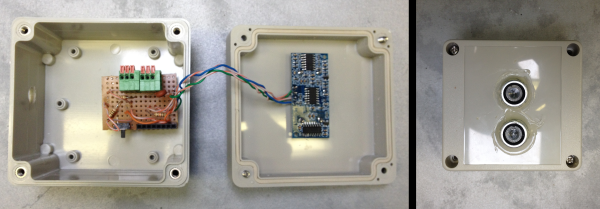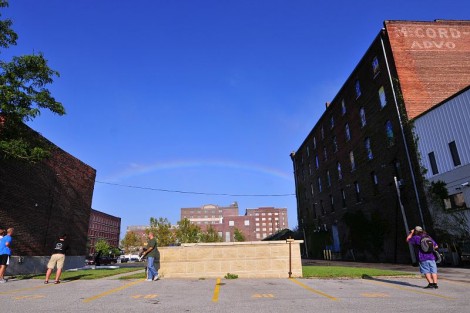Sometimes, a hack solves a big problem. Sometimes, it’s just to deal with something that kind of bugs you. This hack from [Dillan Stock] is in the latter category, replacing an ugly, redundant downspout with an elegant 3D printed pipe.
As [Dillan] so introspectively notes, this was not something that absolutely required a 3D print, but “when all you have a hammer, everything is a nail, and 3D printing is [his] hammer.” We can respect that, especially when he hammers out such a lovely print.
By modeling this section of his house in Fusion 360, he could produce an elegantly swooping loft to combine the outflow into one downspout. Of course the assembly was too big to print at once, but any plumber will tell you that ABS welds are waterproof. Paint and primer gets it to match the house and hopefully hold up to the punishing Australian sun.
The video, embedded below, is a good watch and a reminder than not every project has to be some grand accomplishment. Sometimes, it can be as simple as keeping you from getting annoyed when you step into your backyard.
We’ve seen rainwater collection hacks before; some of them a lot less orthodox. Of course when printing with ABS like this, one should always keep in mind the ever-escalating safety concerns with the material.
Continue reading “3D Printed Downspout Makes Life Just A Little Nicer”





 As [Chao] points out, the material is only a prototype, but it looks like a winner down the road. The possibilities for an adaptive material like this are endless. [Chao] imagines a picnic pavilion with a roof that snaps shut when it rains, and has built a working model. What about window shutters that let air and light in but close up automatically in that sudden summer storm? Self-deploying armor for your next epic Super Soaker battle? Maybe there are more serious applications that would help solve some of the
As [Chao] points out, the material is only a prototype, but it looks like a winner down the road. The possibilities for an adaptive material like this are endless. [Chao] imagines a picnic pavilion with a roof that snaps shut when it rains, and has built a working model. What about window shutters that let air and light in but close up automatically in that sudden summer storm? Self-deploying armor for your next epic Super Soaker battle? Maybe there are more serious applications that would help solve some of the 









